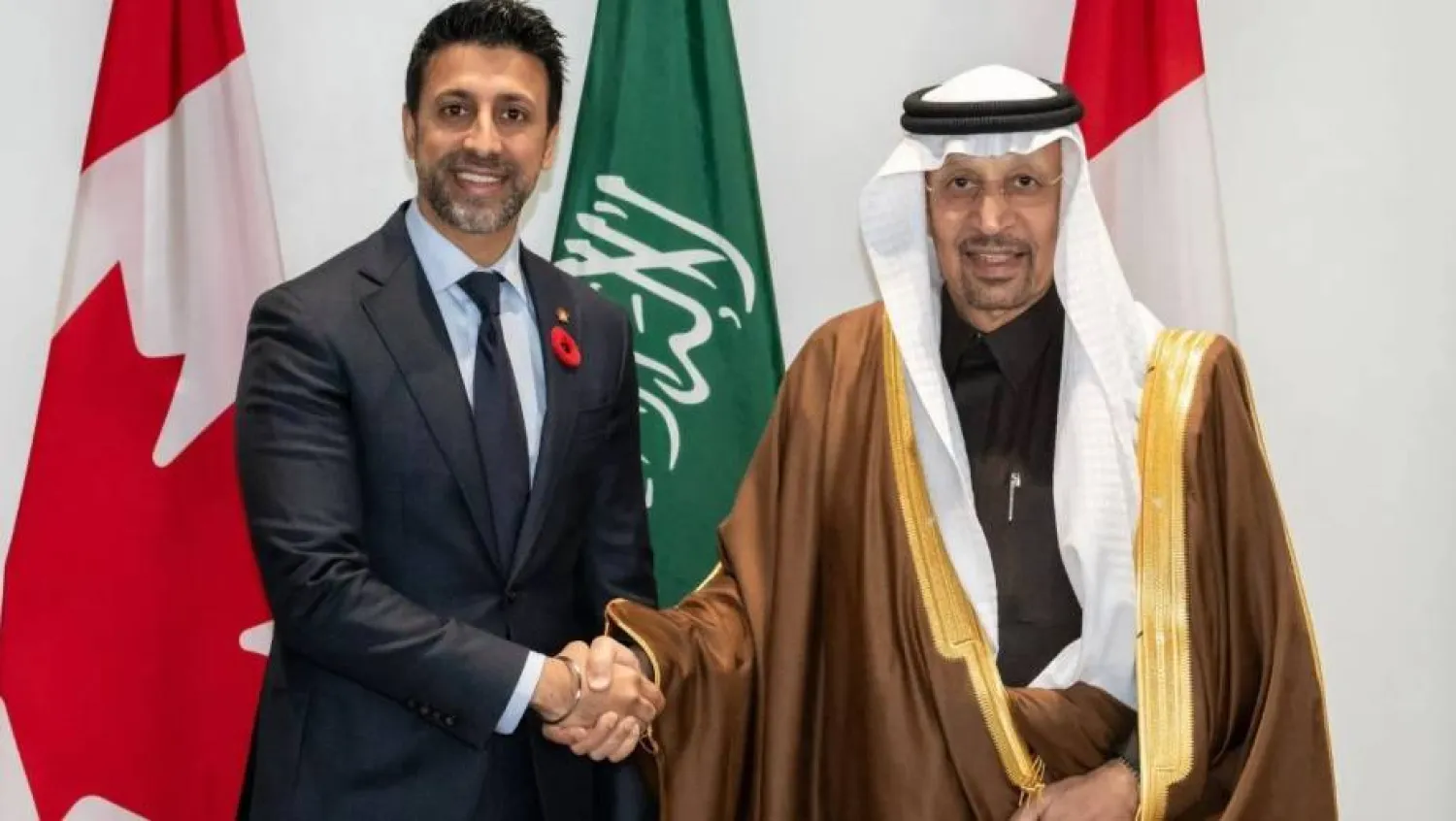Gold prices eased on Friday, but were set for a third straight quarterly rise, while investors looked forward to US inflation data due later in the day for more clarity on the Federal Reserve's interest rate-cut timeline.
Spot gold was down 0.1% at $2,326.27 per ounce, as of 0741 GMT. Prices have gained over 4% for the quarter, Reuters said.
US gold futures was unchanged at $2,336.90.
"Gold is up on the quarter, largely as the scope for monetary easing in the US has increased ... China also bought large amounts of gold for their reserves, which helped offer support in the second quarter," said Ilya Spivak, head of global macro at Tastylive.
After adding to its gold reserves for 18 consecutive months, official data from the People's Bank of China (PBOC) showed its holdings were flat in May. A survey by the World Gold Council, however, found that more central banks may increase gold reserves within 12 months.
Gold rose more than 1% in the previous session after data showed a continued, though moderate, slowdown in US economic activity. Currently, the market sees a 64% chance of a first Fed rate cut in September, according to the CME FedWatch tool.
However, Fed Governor Michelle Bowman reiterated on Thursday that she is not ready yet to support a rate cut with inflation pressures still elevated.
The US personal consumption expenditures (PCE) price index - the Fed's preferred inflation measure - is due at 1230 GMT.
A soft set of PCE figures is required to keep hopes of Fed easing alive and further support gold, City Index senior analyst Matt Simpson said.
While bullion is considered an inflation hedge, higher rates increase the opportunity cost of holding the non-yielding asset.
Spot silver rose 0.3% to $29.15 and platinum gained 1.2% to $999.20. Both metals were set for quarterly gains.
Spot palladium climbed 2.6% to $953.07.
Gold Set For Third Quarterly Gain; US Inflation Data in Focus

Marked ingots of 99.99 percent pure gold are placed in a cart at the Krastsvetmet non-ferrous metals plant in the Siberian city of Krasnoyarsk, Russia March 10, 2022. REUTERS/Alexander Manzyuk/File Photo

Gold Set For Third Quarterly Gain; US Inflation Data in Focus

Marked ingots of 99.99 percent pure gold are placed in a cart at the Krastsvetmet non-ferrous metals plant in the Siberian city of Krasnoyarsk, Russia March 10, 2022. REUTERS/Alexander Manzyuk/File Photo
لم تشترك بعد
انشئ حساباً خاصاً بك لتحصل على أخبار مخصصة لك ولتتمتع بخاصية حفظ المقالات وتتلقى نشراتنا البريدية المتنوعة







